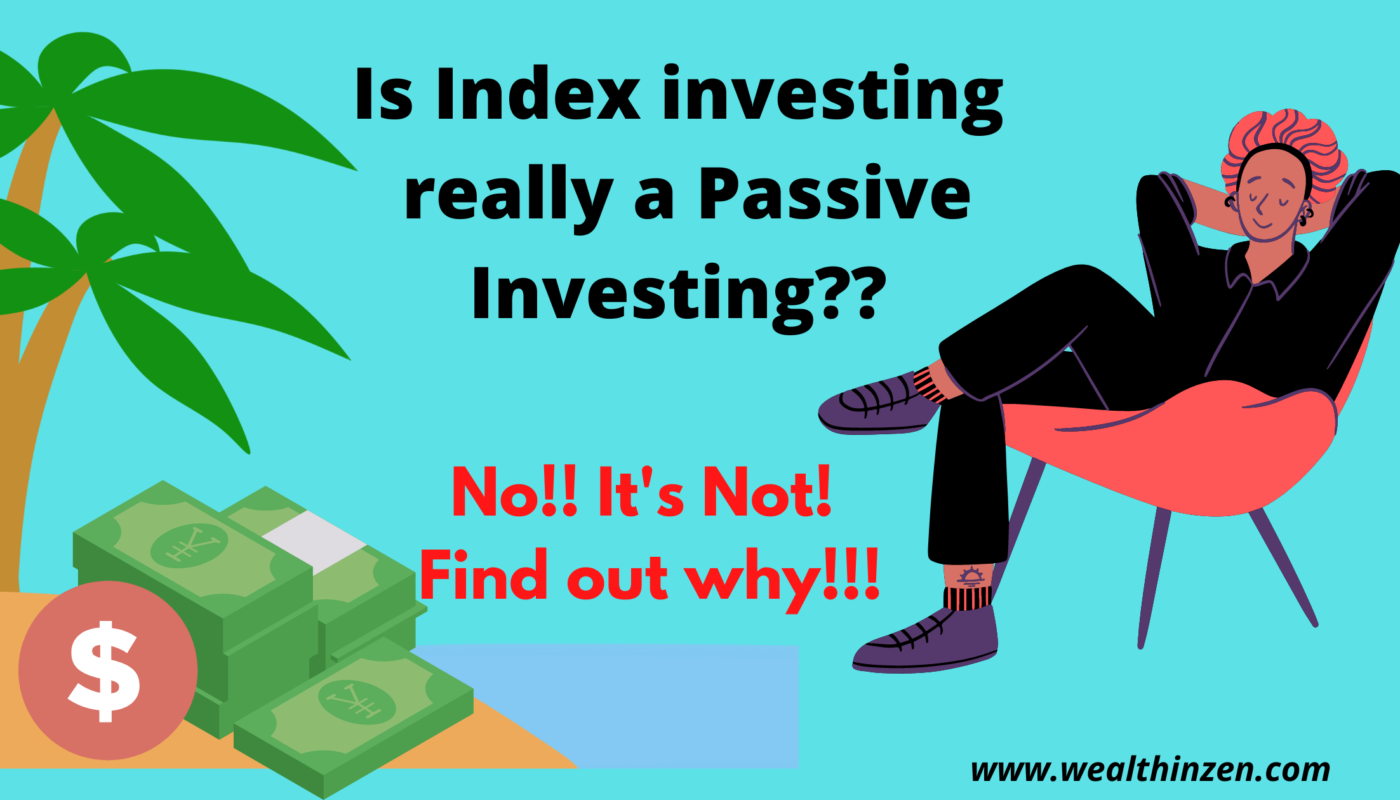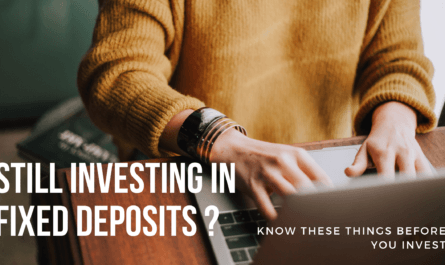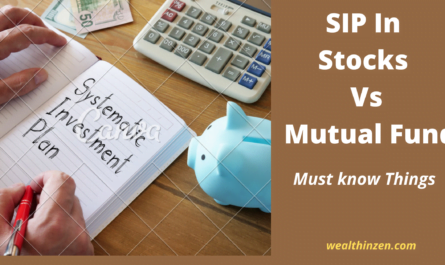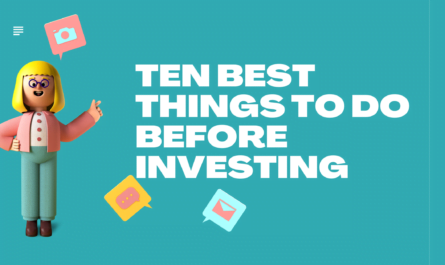Most of the investors think that passive investing is not for them. Because they believe that if one (read fund manager) makes an active investing decision, it will always be far better than passive investing. However, the reality seems different. Time and again it has been proved that the ability of an active fund manager to consistently beat the index decreases over time. Even if the active fund manager beats the index in a year or two there is no guarantee that he/she can continue doing that for the next coming years with ease.
See the image below: The image is the representation that compares the performance of large cap funds that have beaten the index during the years (2009 -2018). Source : NSE
As you can see, on average 68% of funds underperformed the index in that ten year period. Also, note that in the years 2009 and 2010 when the markets were recovering from the crash in 2008, 80-95% of the active funds failed to beat the index.
If Index investing is such a passive investing method, why and how does it beat the active fund managers who spend hours of research day and night. What’s the logic behind it? Is there any real reasoning behind this? Let’s find out in this article.
Inclusiveness of change in the Leaderships:
Index as many think is not a passive one. Let us take Nifty 50 Index for our example. It constantly changes its constituents at regular intervals. One may think that, Index includes only the companies with high market capitalization. Yes it’s true. But what does it actually mean? If the market capitalization of a company starts reducing and it does not come in top 50 that company is excluded from the index and a newer one with higher market cap enters.
A company with a higher market cap has an intrinsic fundamental value with it. It usually will be the leader in that sector. When you are following a sector leader, you are automatically investing in a company with a high chance of appreciation.
Since the inception of Nifty 50 in 1995 there has been 101 modifications, so that each year up to four stocks has been included and the poorly performing four stocks has been excluded on an average. However, there are 12 stocks that have stood the test of time and are a part of the nifty 50 index from the inception of Nifty 50 in 1995.
See the following image:
When you invest in Index, you automatically get invested in these stocks without doing any head breaking research. There is no fear of fund manager bias or change in fund managers also. The Index simply filters out the top 50 stocks based on market cap and if any one stock fails in the rebalancing evaluation, it will be chucked out of the index. No emotions attached to that stock. No behavioral bias.
Basically, you are cutting the losers and letting the winners run. Still thinking that Index is passive Investing?
See the image below:
As you can see in the above image, the index reconstitutes itself every six months, looking for whether anything to be rebalanced or not. Also, in case of some strategic indices like Nifty alpha 50, Nifty High Beta 50 etc., rebalancing occurs every three months once. So, yearly your index portfolio is reviewed four times.
See image below:
Source: niftyIndices.com
Inclusion of Emerging sectors and Excluding Non-Performing Ones:
The next thing that makes index investing worthy is the fact that it continuously rebalances itself and includes the emerging sectors and removes / reduces exposure in the sectors that are not performing well.
For example, banks and financial institutions are the central drivers of emerging economies. Through these banks and financial institutions only we can develop a robust and resilient credit facility system which in turn will accelerate the growth of the nation.
See the image below: The image is the representation of change in Nifty 50 sectoral exposure from inception. See that in 1995 the financial services was having just 19.7% weightage while it is now around 38% (Red Arrow). Also, during inception, there was no IT sector, later it was gradually given weightage.
Source: Niftyindices.com
Thus Index investment tracks the sector wisely. We all know how important sector timing is to grow our account. Index investing easily accommodates these changes in trends of the economy.
Intrinsic positive bias:
Performance of an Index is directly related to the economy of that country. Individual stock may rise or fall irrespective of the macro-economy and it is difficult to predict the movement of individual stock for a beginner. However, the Index moves if the economy is booming and falls when there is something wrong or some threat to the economy (not necessarily always). Recent Covid fall is a great example.
The NIFTY 50 total return index delivered returns of 15.98% per annum during the 10 year period from 2009 -2019. Interestingly, these returns also converge with India’s GDP growth which has shown a 10-year CAGR of ~13% in nominal terms (Gross Domestic Product at Current Prices) over the same period (FY -2009 – FY 2019) validating the long-term behavior of equity markets delivering returns aligned with the income growth trajectory of the nation.
The Index has an intrinsic positive bias since it is involved with the country’s image. How many times have we seen the news flow criticizing the government’s poor economic reforms if the Index falls 15-20%. This puts an external pressure on the Government and makes the Government do some economic reforms, to bring back the economy.
If the Index is falling continuously, it means the Top 50 companies of the country are falling. If the top 50 companies of a country cannot survive then what is left in the country to survive? These companies are touted to be too big to fail. Whenever, such a scenario has happened in the past the Government has stepped in. This is definitely not the case with individual stock.
Conclusion:
The thought that a passive investor cannot amass wealth is prevalent among young investors nowadays. Though an active investor can make significantly higher returns when compared to the passive ones, the difficulties faced by an active investor are high. Most active investors perform poorly even in bull markets.
Hope, this article would have cleared the thing that Index investing is not actually passive as it is said to be. It is also an active investing only, since it has an intrinsic set of rules to cut the losers, and to find the winners in its own way. If you are wondering how you can select stocks for direct investments using the index see my article here on “Four easy ways for stock selection”
Key Takeaways:
- Index investing is not as passive as one may think.
- It constantly changes the constituents, thereby cutting the losers and letting the winners run.
- Index investing is suitable for investors who don’t have time to do much research on investing and for those who cannot come to a conclusion on which fund to choose.
- Index investing has a direct correlation to the economy of the country. If one believes that the country is going to prosper in the coming years then the right time to invest is TODAY.
- If your friend / relative is someone who looks down on an Index investor, consider sharing this article with him/her. And in the meantime, you can subscribe to my newsletters, so that my views reach your inbox directly.
- Thanks for reading. Happy Investing!!!
Disclaimer:
The views expressed in this article are my personal view. Please don’t take it as an investing advice. I am not a SEBI registered analyst. Kindly, consult a fee only financial planner before investing your hard earned money.




2 thoughts on “How Passive is Index (Passive) Investing?”